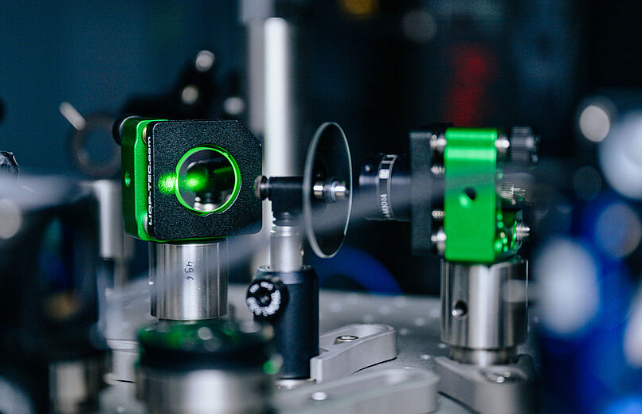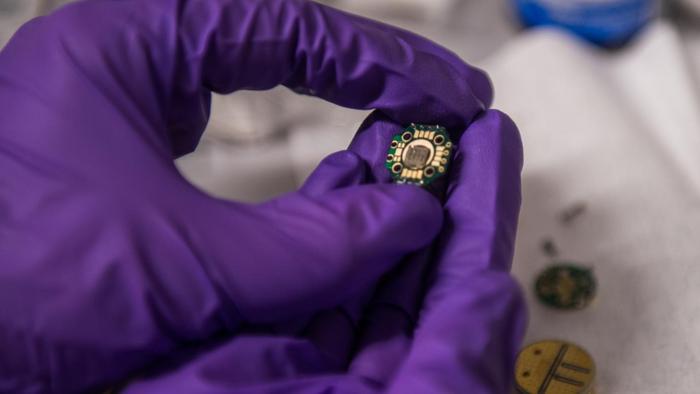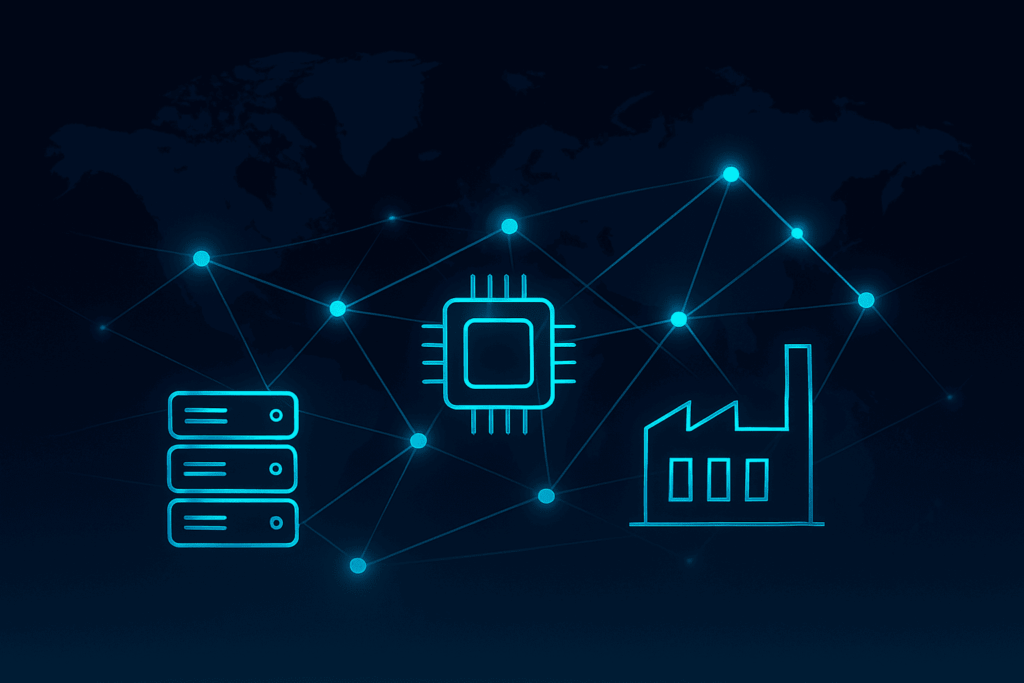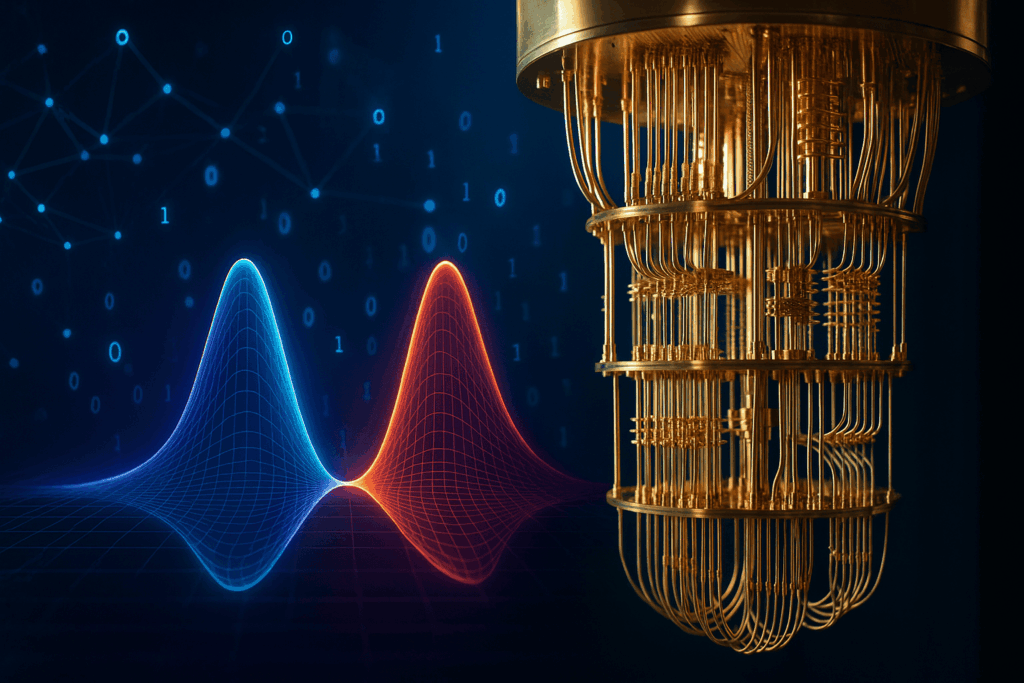Klea Dhimitri
Applications Engineer, Hamamatsu Corporation
What image pops into your head when you hear the words “quantum technology”?
What about “quantum computer”?

There is a very good chance you are thinking of the gold chandelier often found in a large dilution refrigerator that quantum computing players like IBM and Google use to cool and operate a superconducting qubit. However, there is one core technology that is often overlooked when we talk about quantum computers –And that’s photonics. Dr. Bob Sutor who spent more than two decades at IBM Research in New York working and leading IBM’s efforts in quantum computing knows the large cyrostats very well. Currently Dr. Sutor is the vice president and chief quantum advocate at Infleqtion where at an event he stated:
“Photonics is huge. Photonics is at the core of the future quantum infrastructure and without good growth of photonics industry driving down the cost and size into for example photonics integrated circuits none of this stuff is going to work beyond toy size machines that are disconnected from each other” [1].
This article aims to shed light on how photonics is currently enabling multiple areas in emerging quantum fields like quantum computing, quantum communication & networking and quantum sensing, as well as touch on the challenges and opportunities that lie ahead.
The quantum technology landscape can be partitioned in a variety of ways, but in this article we will split the field into four pillars 1) Quantum Computation & Simulation 2) Quantum Communication & Networking 3) Quantum Metrology & Sensing and 4) Fundamental Research. The subsections within each pillar that utilizes photonics are highlighted in yellow in figure 1. The figure illustrates that over 2/3rd of the field utilizes photonics and photonics plays a major role in the quantum technology landscape.
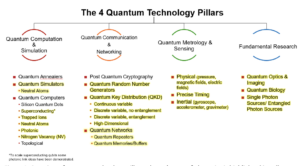
Figure 1: Overview of quantum technology pillars where the use of photonics is highlighted in yellow.
Photonics role in quantum computation & simulation
Scientists are investigating a variety of qubit modalities to realize a universal fault tolerant quantum computer, but for several qubit modalities photonics is at the core of their toolbox. Photonics have a wide range of capabilities such as the ability to apply gate operations, confine atoms in an array and detect qubit states (either 0 or 1) through low light fluorescence or lack thereof from trapped ions or neutral atoms. Qubit modalities such as photonic quantum computing use the photon to the max. by utilizing a property of the photon to construct a qubit. The vision for photonic quantum computing is the entire optical table, from light sources to the optics to the photon detectors on a chip [2].
Scaling and fidelity are the main drivers for photonic component development in qubit modalities, such as trapped ions, neutral atoms and photonic qubits.
Trapped ions current infrastructure needed to operate a small chain of tens of ions typically takes up two optical tables [4]. Developing photonic components like photonic integrated circuit (PICs) are of interest to trapped ion developers, for example, because it could help make the modality more scalable. Bringing together more ions while each ion is being controlled precisely could help scale the processor without a large cumbersome infrastructure to scale along with it [7].
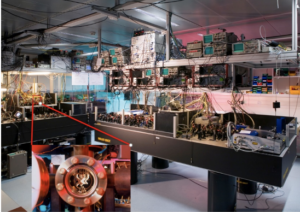
Figure 2: Trapped ion setup from the Blatt Lab
Photonics role in quantum communication & networking
The photon is a tried and tested carrier of sending information over long distances as seen in classical optical communication networks. The attraction of the photon in quantum communication and quantum networking is that a qubit can travel over long distances [6] as well as notify the users when an eavesdropper is listening in. Devices such as quantum random number generators (QRNG) that produce truly random keys used in quantum communication protocols could be realized with in utilizing light sources and detectors as well [5].
Quantum key distribution and quantum network hardware also rely on photonics, such as excitation or pump lasers for photon sources to emit photons in optical fibers, for example, and detectors from single photon detectors to photodiodes to detect them on the receiving end of the fiber.
Land quantum networks are distance limited due to optical fiber losses and lack of quantum repeaters. Space and satellite networks are aperture and diffraction loss limited. Main driver for photonic component development for quantum communication is to preserve photons over long distances.

Figure 3: Different types of quantum networks
Photonics role in quantum metrology & sensing
The field of quantum metrology and sensing is focused on accurate probing of the environment in terms of measurement such as electric, magnetic and gravitational fields, as well as timing and positioning. Information that quantum sensors measure could be communicated via fluorescence. In the case of a nitrogen vacancy- (NV) based magnetometer, different fluorescence intensities relate to the strength of the magnetic fields present. The main drivers for photonic component development of quantum sensing are size, weight, power & cost (SWaP-C) for field deployable applications.
Market opportunity for photonics
The market for quantum systems is currently not high, but the market for photonic components is high and promising. Over half of the bill of materials (BOM) cost for quantum systems goes to lasers while the rest is split among detectors, modulators and other components. Currently, the largest market for photonic components is in research at an estimated $171 million for lasers and $33 million for photonic components that include detectors, modulators, and other components. It’s predicted that from 2025 and beyond that photonic components for quantum products manufactured by OEMs will be larger than photonic components used in research [8].
Challenges of photonics in quantum technologies
One of the photonic challenges for quantum technologies is the construction of single photon sources that contain all the desired features for applications like quantum key distribution and some forms of photonic quantum computing [9]. Photonic integrated circuits (PICs) are seen as the holy grail for quantum technology. However, PICs still present a few challenges such as bringing all optical components including lasers and detectors on chip as well as the cost of a PIC production line. These production lines need high volume to keep cost manageable and unclear if quantum applications will scale and if so when [10]
Ongoing advancements of photonic components will be instrumental in realizing quantum systems and building them for the quantum 2.0 era.
References
[1] YouTube Video of Bob Sutor. https://www.youtube.com/watch?v=sRAZ8PJzzLY 6:28 to 6:56
[2] Masuda, A. (2019). https://www.news.ucsb.edu/2019/019679/pushing-quantum-photonics
[3] Choi, C.Q. (2021). https://spectrum.ieee.org/race-to-hundreds-of-photonic-qubits-xanadu-scalable-photon
[4] Jurcevic,P.,Mandelbaum,R. (2021). Here’s How Ion Trap Quantum Computers Work. The Quantum Aviary. https://thequantumaviary.blogspot.com/2021/03/heres-how-ion-trap-quantum-computers.html [5] Jennifer Aldama, Samael Sarmiento, Ignacio H. López Grande, Stefano Signorini, Luis Trigo Vidarte, and Valerio Pruneri, “Integrated QKD and QRNG Photonic Technologies,” J. Lightwave Technol. 40, 7498-7517 (2022)
[6] Awschalom, D.D., et.al. https://doi.org/10.2172/1900586
[7] Niffenegger, R.J., Stuart, J., Sorace-Agaskar, C. et al. Integrated multi-wavelength control of an ion qubit. Nature 586, 538–542 (2020). https://doi.org/10.1038/s41586-020-2811-x
[8] Tematys Photonics@Quantum: Technologies for Quantum Systems Report (April 2022)
[9] OIDA, “OIDA Quantum Photonics Roadmap: Every Photon Counts,” Optica Industry Report, 3 (2020)
[10] Davis.S et al. Piercing the Fog off Quantum-Enabling Laser Technology (QELT) A report based on a QED-C Enabling Technology Workshop. QED-C. (2018).
If you found this article to be informative, you can explore more current quantum news here, exclusives, interviews, and podcasts.











